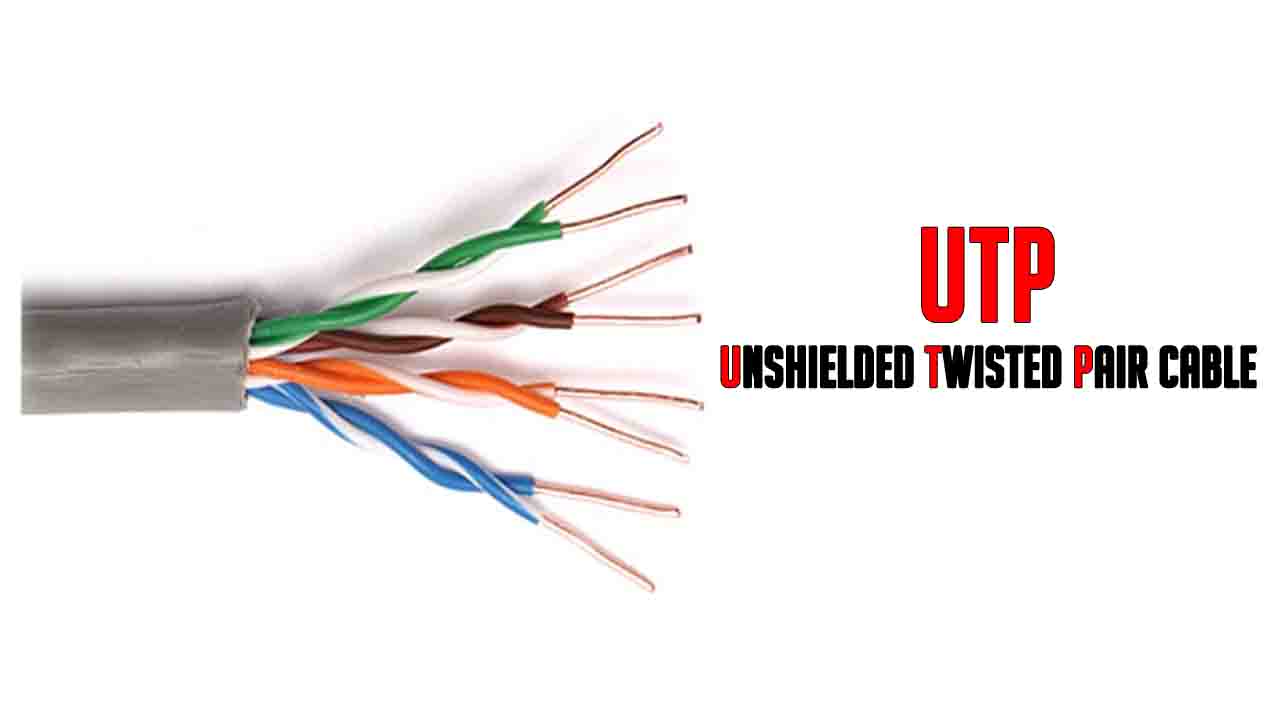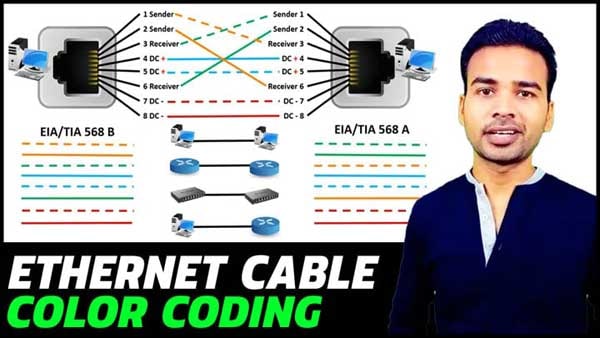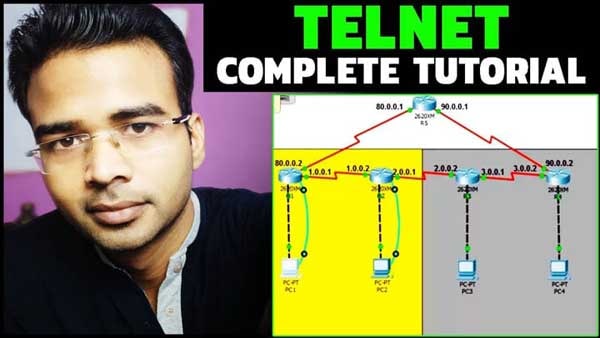What is UTP Cable
UTP stands for Unshielded Twisted Pair Cable and it is a pair of unshielded wires wound around each other. This is the cheapest form of cables available for networking purposes. UTP cable are used for Local Area Network (LAN) environments. The installation cost of the cable is very cheap as it is easy to install. UTP Cable price for Cat5e 5 meter with RJ45 connector is approximately Rs 230.

Types of UTP Cable
Category 1 – Defines a traditional UTP cable. It is designed to carry only voice and not data. This type of cable is not recommended for networking purposes and is used in telephony services.
Category 2 – Defines a cable that can carry data up to 4 Mbps. It consists of 4 pairs of wires.
Category 3 – Defines a cable that can carry data up to 10 Mbps. It consists of 4 pairs of wires. It is 1000 feet in length with marks of length at every 2 feet. The frequency of this cable is 16 MHz and It is used for the 10BaseT network.
Category 4 – Defines a cable that can carry data up to 16 Mbps. It cable consists of 4 pairs of wires. The signaling frequency of this cable is up to 20 MHz.
Category 5 – Defines a cable that can carry data up to 100 Mbps. The signaling frequency of this cable is up to 100 MHz. This type of cable is primarily used in today’s networking environment. The cable is used in 100BaseX Ethernet architecture and Asynchronous Transfer Mode (ATM) architectures.
Category 5e – Defines a cable that can carry data up to 1000 Mbps with a signaling frequency of 100 MHz It is used to connect computers, hubs, switches and print servers.
Category 6 – Defines a 4-pair cable that provides an improved performance as compared to Cat 5e. It can carry data up to 1000 Mbps with a signaling frequency of 250 MHz.
Category 7 – Defines a fully shielded twisted pair cable that operates at the signal frequency of 600 MHz Fully shielded means all the four pairs of a cable have an additional shield over them.
Characteristics of UTP Cable
| Characteristics | Description |
| Maximum cable length | 100 meters |
| Bandwidth | 100 Mbps |
| Connector type | RJ-45 |
| Cost | Cheapest form of cable |
| Interference protection | Very poor protection from EMI and RFI |
| Bend radius | 360 degrees / feet |
| Signal transmission mode | Baseband |
| Resistance | 50 ohms |
Advantages of UTP Cable
- The cheapest form of cable available for networking purposes.
- Easy to handle and install.
Disadvantages of UTP Cable
- Highly prone to external interference like EMI and RFI.
- Highly prone to crosstalk.
- Unable to provide secure transmission of data.


